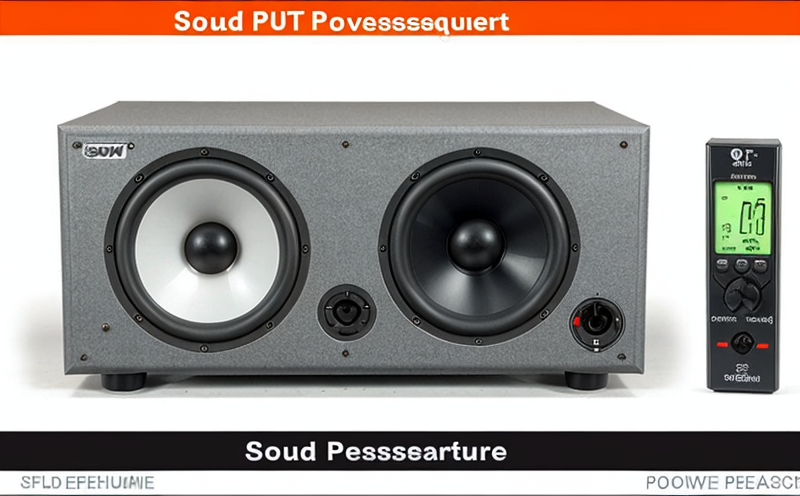ISO 9614-2 Determination of Sound Power Using Sound Intensity – Part 2
The ISO 9614 series provides a set of standards for measuring sound power levels, with Part 2 focusing specifically on the determination of sound power using sound intensity. This method is widely recognized and used in various sectors including manufacturing, construction, and HVAC systems where accurate noise control is crucial.
Sound power measurements are essential for understanding the acoustic properties of machinery or rooms to ensure compliance with environmental regulations and improve product performance. By measuring the total amount of sound energy leaving a source per unit time, ISO 9614-2 enables precise quantification that helps in optimizing designs and meeting stringent noise standards.
Compliance with this standard ensures that products meet the required noise levels set by regulatory bodies such as the European Union's Noise Emission Directive. This is particularly important for manufacturers looking to expand into international markets where strict compliance requirements are enforced.
The methodology involves measuring sound intensity in a controlled environment, which helps eliminate reflections from surfaces and provides accurate measurements of the direct sound power emitted by the source. The process typically requires specialized equipment like sound-intensity probes and calibrators, ensuring high accuracy and reliability.
By employing this technique, organizations can effectively manage noise pollution issues while also enhancing their brand reputation through responsible environmental practices. Moreover, it supports continuous improvement efforts aimed at reducing noise emissions across different stages of production or operation.
Why It Matters
Accurate measurement of sound power is critical for several reasons:
Compliance with Regulations: Ensures adherence to local and international noise emission regulations, avoiding potential fines and penalties. For instance, the EU Noise Emission Directive requires manufacturers to demonstrate compliance through specific testing procedures.
Product Quality Improvement: Helps identify sources of excessive noise early in the design phase, allowing for modifications that enhance both performance and user experience.
Environmental Impact Reduction: By minimizing unnecessary sound emissions, organizations contribute positively towards reducing overall environmental impact. This aligns with broader sustainability goals within industries like HVAC and construction.
Scope and Methodology
| Aspect | Description |
|---|---|
| Measurement Technique | The standard specifies the use of sound intensity probes to measure the spatial distribution of sound pressure and particle velocity in a controlled environment. |
| Environmental Control | Surfaces must be acoustically absorbent to minimize reflections, ensuring accurate measurements without interference from external factors. |
| Data Processing | Sophisticated software is used to process raw intensity data into sound power levels. This step includes corrections for calibration and background noise. |
The methodology outlined in ISO 9614-2 ensures that all measurements are consistent and comparable across different facilities, providing reliable results regardless of location or equipment used.
Benefits
Implementing this standard brings numerous benefits:
Enhanced Product Performance: Precise sound power measurements help in identifying areas for improvement early on, leading to better product quality and customer satisfaction.
Cost Savings: Early detection of noise issues can prevent costly redesigns later in the production cycle. Additionally, reduced noise levels may lead to energy savings as less power is required to operate quieter equipment.
Increased Market Share: Compliance with international standards enhances a company's reputation and opens up new market opportunities abroad where stringent regulations are enforced.





